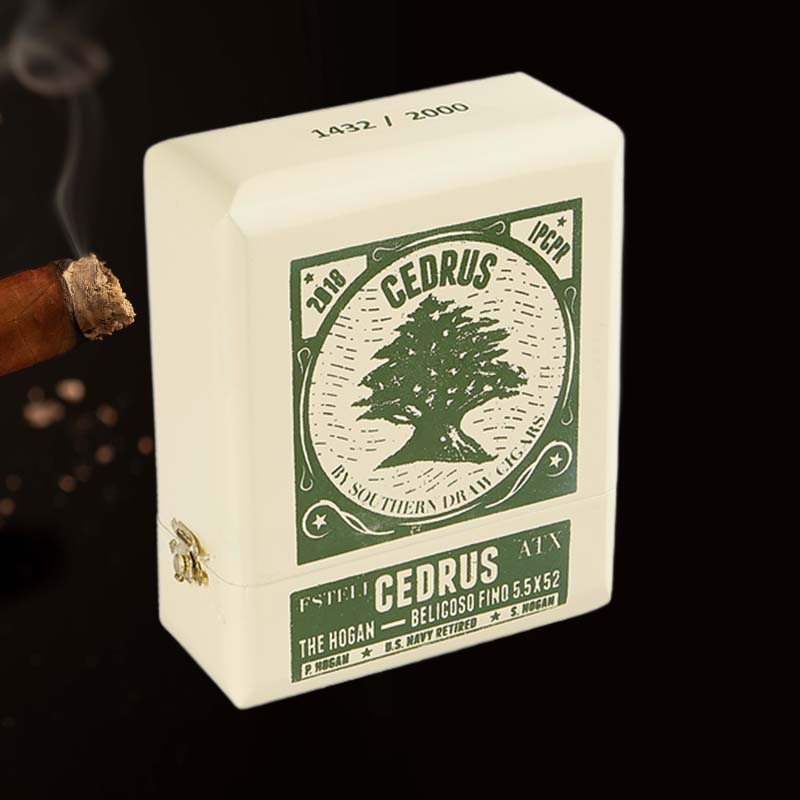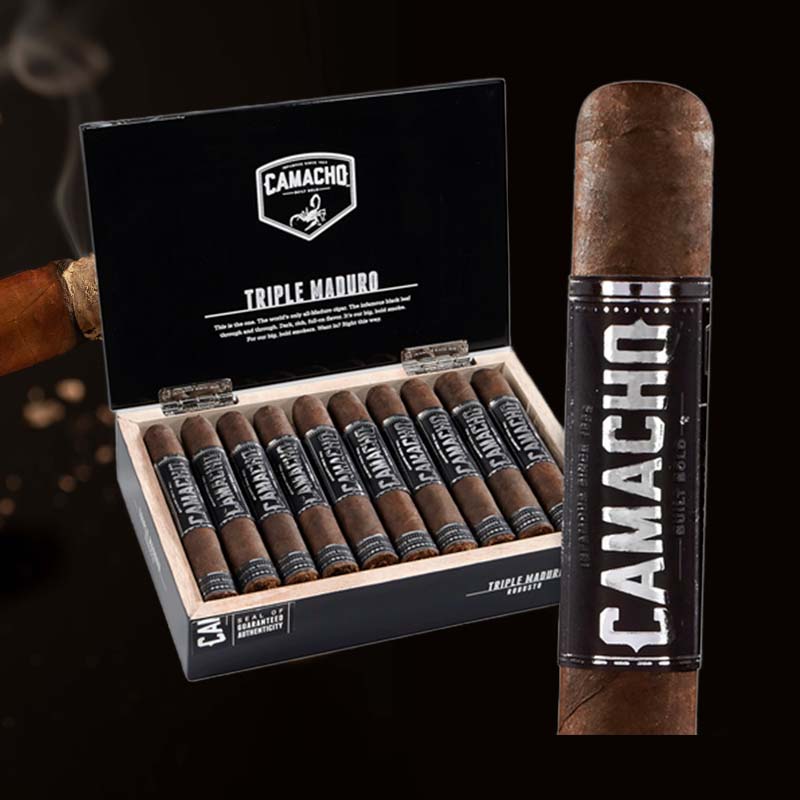Repairing butane torch lighters
Introduction: Fixing Your Butane Torch Lighter
I remember the first time I used my butane torch lighter to light a cigar; it was as if the heavens had opened up and I was bestowed with the perfect flame. But just like any trusty tool, my lighter faced hard times and sometimes failed to ignite. That’s when I stumbled upon the art of repairing butane torch lighters. The sense of accomplishment from mending something I thought was broken not only rekindled my passion for this handy device, but also deepened my understanding of how these torches work. Join me as we navigate the necessary steps to breathe new life into your cherished butane torch lighter.
Step 1: Tools You’ll Need for Repair
Essential Tools for Butane Torch Repair
- Screwdrivers (Philips and flathead)
- Compressed air can
- Cotton swabs
- Soft cloth or tissue
- Butane fuel
- Protective gloves
Step 2: Diagnosing the Problem
Common Symptoms of a Faulty Butane Torch
Diagnosing what’s wrong with my torch is akin to figuring out a puzzle. Some common symptoms I’ve encountered include:
- No ignition: The torch produces a spark but doesn’t light.
- Weak flame: The flame is inconsistent or barely noticeable.
- Flame adjustment issues: The flame won’t adjust when I turn the dial.
- Leaking fuel: There’s a hissing sound or fuel smell, indicating a leak.
Step 3: Opening Your Butane Torch Lighter
Carefully Disassembling the Lighter
Once I’ve diagnosed the issue, it’s time to open it up. Using the appropriate screwdrivers, I carefully disassemble the lighter while keeping track of where each piece goes. I can’t tell you how many times I’ve dropped a small screw, so I always keep a magnetic bowl handy to catch those culprits!
Step 4: Adjusting the Spark
Techniques for Spark Adjustment
If the spark isn’t igniting, it’s usually a simple adjustment at the spark wheel. I gently turn the adjustment screw located near the trigger mechanism using a small screwdriver. Sometimes, just a little coaxing brings back that glorious flame I love.
Step 5: Cleaning the Components
How to Clean Jets and Fuel Tank
Cleaning is an essential step; I use a cotton swab dipped in rubbing alcohol to gently scrub the jets and other internal components. For a clogged fuel tank, a blast of compressed air works wonders to eliminate debris. My lighter looks and works like brand new after this.
Step 6: Refilling Your Butane Torch
Proper Refilling Techniques
With my lighter back in one piece, I carefully refill it with high-quality butane. I hold the canister upside down for a few seconds while inserting it into the lighter’s refill valve. A nice steady flow indicates it’s filling up just right!
Step 7: Testing Your Repair
How to Safely Test the Lighter
After reassembling my lighter, I find a safe, open area to test it. I stand back and ignite, eagerly watching for that first flame. It’s always a grand moment—like reuniting with an old friend!
Step 8: Troubleshooting Common Issues
Why Your Lighter Might Still Not Work
If my lighter still refuses to cooperate, possible reasons could be: insufficient flame height adjustments, a partially clogged jet, or even the need for a replacement spark wheel. It’s essential to remain patient and methodical in my troubleshooting efforts.
Preventative Maintenance for Butane Torch Lighters
How to Prolong the Life of Your Lighter
To keep my butane torch lighter in good shape, I practice preventative maintenance regularly:
- Refill and clean the lighter every few months.
- Avoid exposing it to extreme temperatures.
- Store it in a cool, dry place when not in use.
- Check the ignition system regularly.
Conclusion: Enjoying Your Repaired Butane Torch Lighter
After putting in the effort to repair my butane torch lighter, the satisfaction I feel when successfully firing it up cannot be overstated. Whether I use it for lighting my favorite cigars or for culinary endeavors, the joy it brings is unmatched. I encourage you to give repairing your own butane torch lighter a shot—it’s easier than you think and incredibly rewarding!
Additional Resources
Manufacturer Guides and Tutorials
If you’re still unsure about some things, I highly recommend checking out the manufacturer’s guides and video tutorials online. They often provide specific insights tailored to your lighter model, making repairs smoother and more effective.
FAQ
How do you make a butane lighter work again?
To make a butane lighter work again, ensure it’s filled with fuel, check for clogs, adjust the spark mechanism, and clean the jets if necessary. By following these steps, I’ve often revived my non-functioning lighters with success.
Why do butane torch lighters stop working?
Butane torch lighters stop working usually due to a lack of fuel, clogging, worn components like the spark wheel, or air pockets in the fuel line. Identifying and resolving these issues usually gets them back in action for me.
How do you fix a butane lighter that sparks but won’t light?
If your butane lighter sparks but won’t light, it may require cleaning the igniter or adjusting the fuel flow. Ensuring an unobstructed fuel path generally solves the problem for me.
How to clear a clogged butane lighter?
Clearing a clogged butane lighter typically involves using compressed air to blow out debris from the jets or flame adjustment areas. Regular maintenance has helped me avoid this annoyance.
















